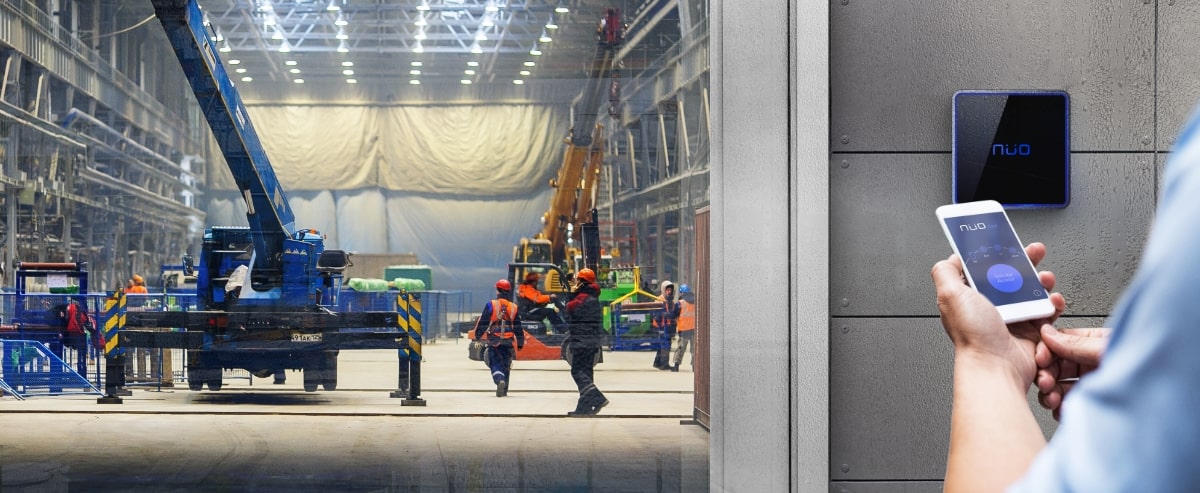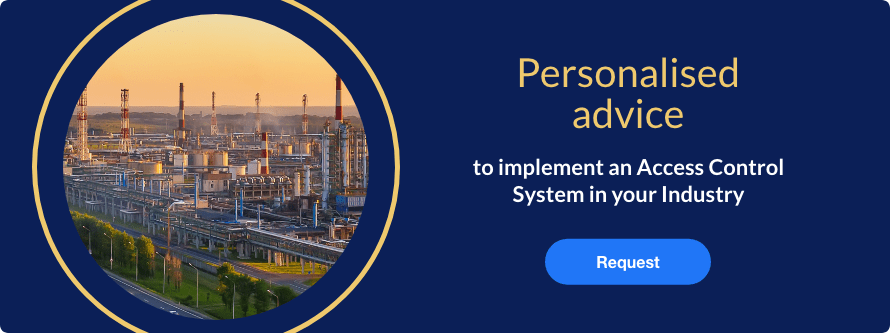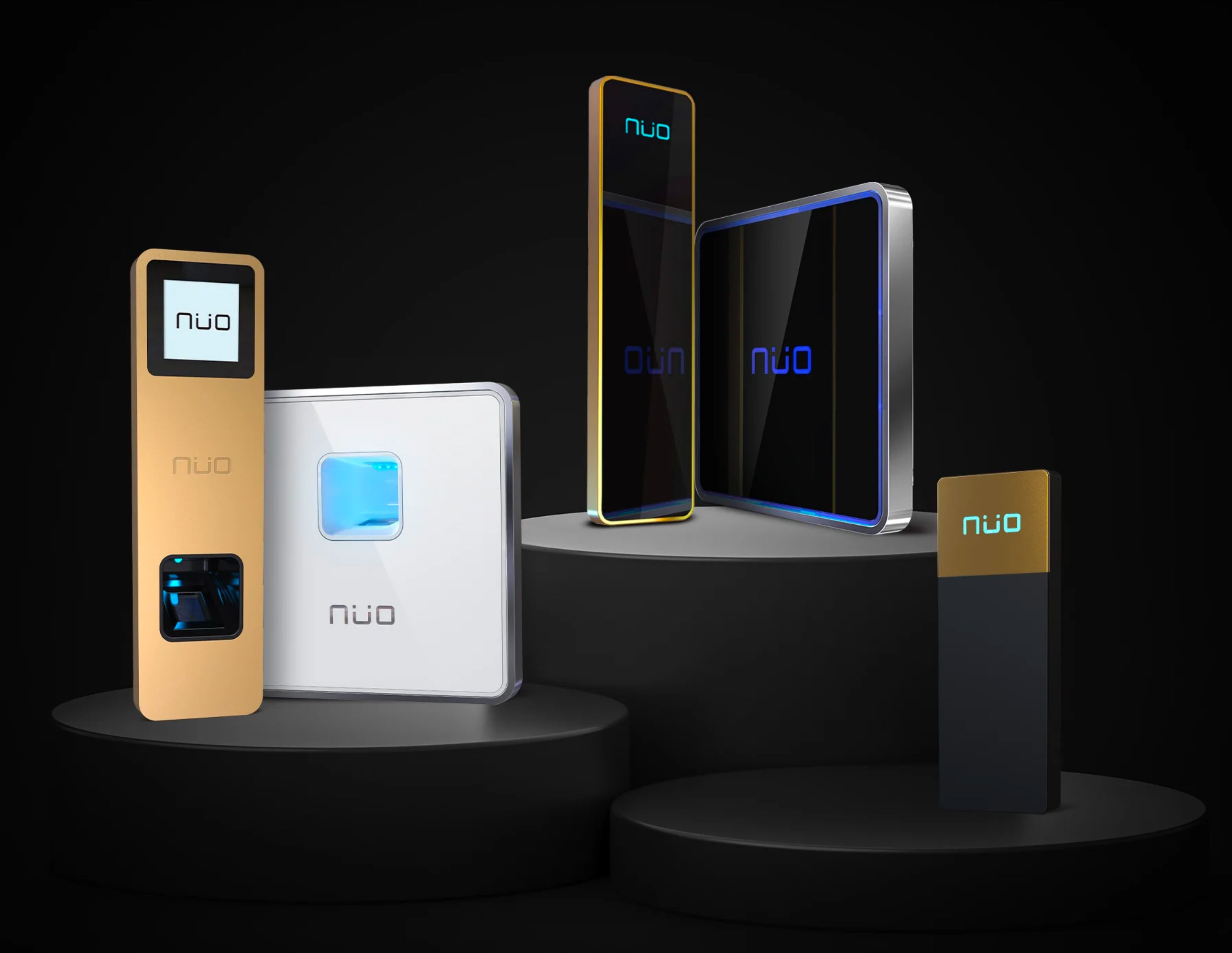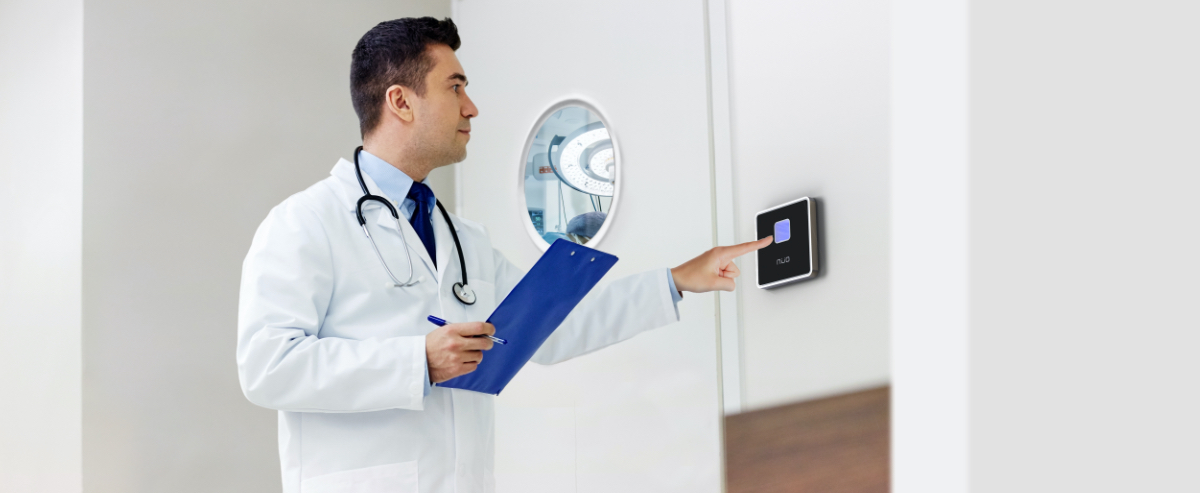Industrial facilities produce the goods and services that allow a region to develop in a sustainable and progressive manner. This requires a huge investment in machinery, equipment, instruments and innovative solutions, which can be very attractive to people outside the company.
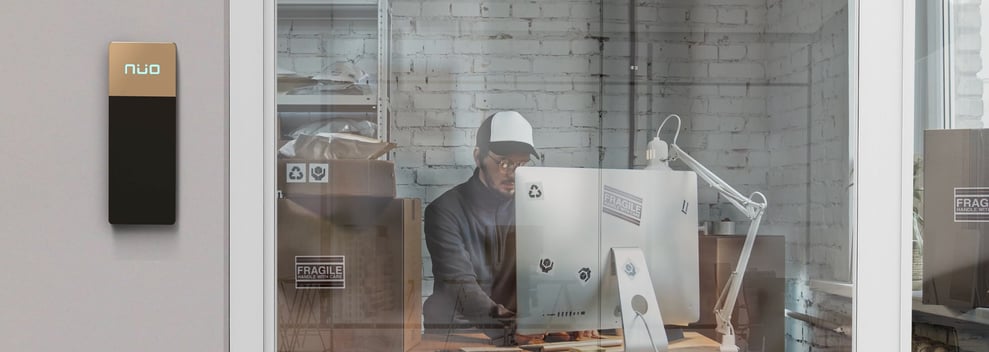
Today, industrial espionage is more prevalent than ever, meaning secrecy in companies' research and development departments is crucial.
Meanwhile, thefts from industrial parks and criminal break-ins lead not only to economic losses, but also to production delays that can put a company in jeopardy.
This is why companies are investing more and more resources in implementing security systems that protect the assets, facilities and intellectual property of their operations. Because access control for manufacturing facilities is key.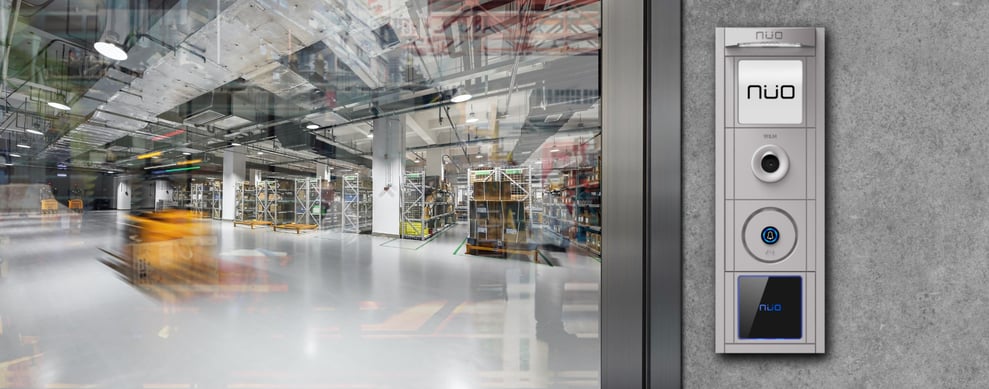
Conventional security systems have proven ineffective when it comes to preventing theft or damage to company equipment, machinery and assets. They are even more deficient when it comes to preventing the theft of key information by employees, partners or people with access to the premises.
In view of this fact, companies have begun to look at electronic security systems and smart access control systems. These access control system for engineering and manufacturing plant are ideal for providing comprehensive security with maximum innovation and solutions tailored to the needs of each particular business.
How can I increase my company's security? Access control for factories
One of the main challenges for manufacturing businesses in the 21st century concerns protecting their tangible and intangible assets in a comprehensive manner by incorporating technology and facilitating the operational flow of production.
It is now seen as essential that companies adopt customised systems that are designed and built as tailor-made, hyper-customised solutions for their individual facilities. As we have seen in our article How to Secure Industrial Buildings, securing industrial buildings is the first step when it comes to implementing a comprehensive security system.
Each access control for factories should be customised as much as possible, pursuing two fundamental objectives:
| Creating a customised solution For each individual company tailored to its particular features, size and operational volume. |
Designing an adaptable Scalable and modular system that allows each zone to be prioritised according to needs relating to security, fluidity and proportionality. |
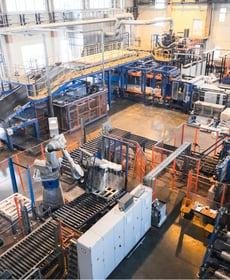 One of the main drawbacks of conventional security systems is that they approach the protection of a business as a "zero-sum game", where proportionality and scalability are irrelevant and the issue is viewed in binary terms: protection vs. non-protection.
One of the main drawbacks of conventional security systems is that they approach the protection of a business as a "zero-sum game", where proportionality and scalability are irrelevant and the issue is viewed in binary terms: protection vs. non-protection.
This approach treats all areas of an organisation as a single whole, without considering that there are access levels, hierarchies and restricted access zones that need to be secured independently and individually.
Smart access control systems for factories consider each component of the business as part of a system, but with its own specific features that need to be addressed on a case-by-case basis.
Production plants, warehouses, loading/unloading areas, offices, R&D laboratories and information processing areas need to be viewed and approached differently when it comes to security.
10 essential tips to secure your industry: access control for manufacturing facilities
NNÜO provides specific solutions for industrial environments that have evolved over 40 years and have been implemented in industrial plants and buildings of various sizes and from various sectors, and with very diverse needs and characteristics.
We have identified the ten biggest "musts" when it comes to providing comprehensive, efficient and scalable security solutions for all types of businesses by means of a tailor-made, cost-effective system with the best protection guarantee on the market today. They are:
- Analysis of the physical structure
as a modular system with different transit areas, occupancy volume, machinery and functions within the overall system.
- Identification of the different sensitive areas of each building:
loading/unloading areas, reception, public access areas, offices, laboratories, production plant, lockers, warehouses, R&D or data processing rooms..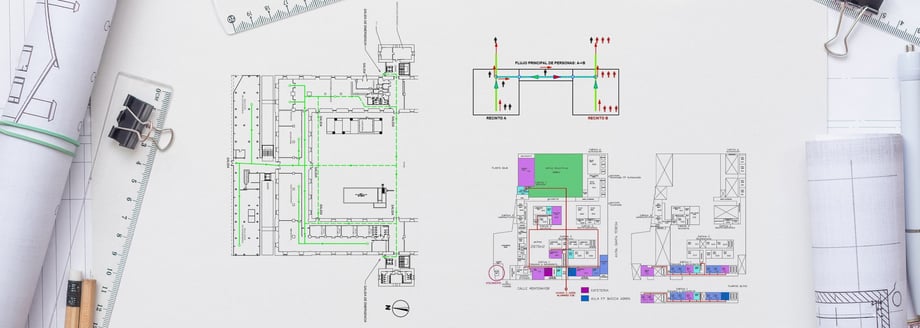
- Categorisation of internal personnel
Eby establishing levels of authorisation and access associated with different areas. For example, plant operators may have restricted access to the IT or cash management room, while administrative staff may have limited access to product warehouses.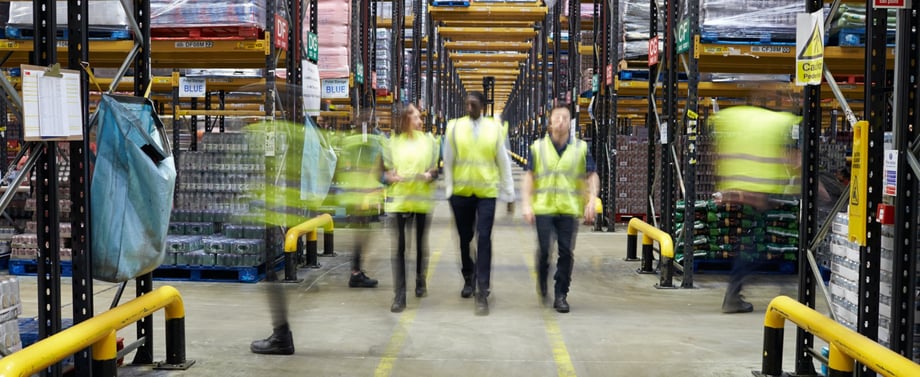
- Setting of schedules, shifts, days off, holidays and leave
in order to track the absences of each group of employees from daily operations, and restrict access based on these schedules. - Issuance of periodic reports
of attempts by personnel to gain access beyond their authorised area and outside their permitted hours..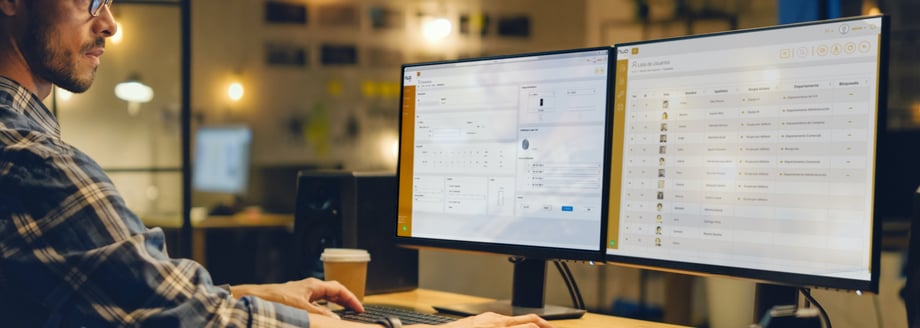
- Installation of biometric access control for engineering and manufacturing plant
Biometric access control for factories use the fingerprint as a unique, non-transferable and personal access key, ensuring that each person is who they say they are, and avoiding incidents relating to keys, cards and codes being lost, stolen or lent to third parties.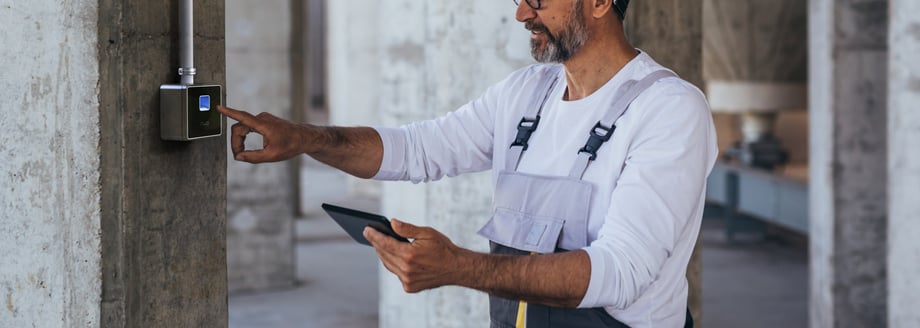
- Identification of certain exceptional cases
with VIP authorisations, joint supervisor/employee authorised access areas, access areas with two-factor authentication (fingerprint + card), etc. - Implementation of video intercom systems in strategic areas
of the industrial building to facilitate communication between operators and the head office in the event of a threat or emergency, and to provide convenient help or information points. - The system should have a minimal structural impact
be aesthetically pleasing and have 24/7 operational autonomy in the event of power, supply or infrastructure failures. - Definition of risk, danger or evacuation situations
in compliance with industrial safety and personal protection protocols.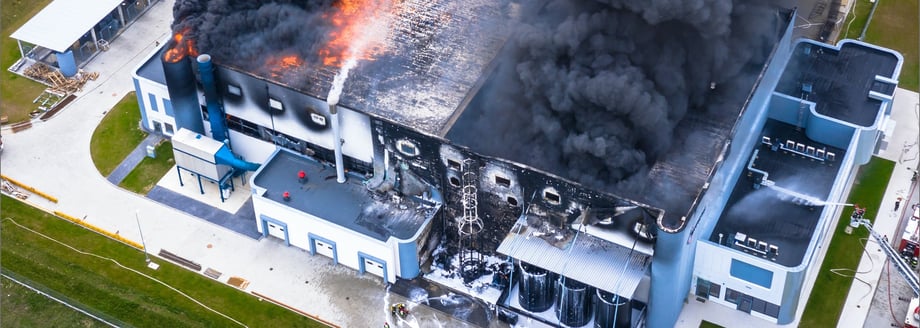
 |
NÜO access control for manufacturing facilities are the answer when it comes to optimising industrial security in modern industries with the highest standards of quality and efficiency. Speak with one of our engineers and protect your assets, your employees and the future of your company with the most innovative, scalable and efficient technology on the market today. |
Escrito por: NÜO Planet
Categorías: Industrial Sector
